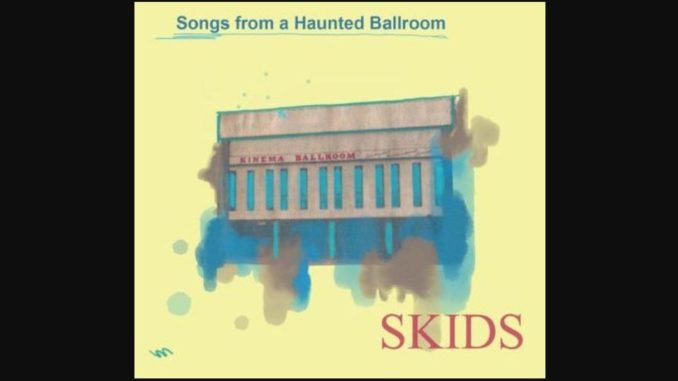
Releasing covers albums has become quite trendy, but more than that, it’s really a symptom of the times we live in. With a global pandemic raging for well over a year at this point, there has been no touring. This means bands and artists have had to think differently.
Working together on new material is not always feasible while distancing, but putting together a covers album is a bit easier even when the band is staying socially distant. It is also a way to stay active and putting out something for the fans without committing to creating a full album from scratch. It certainly shortens the wait until live shows can happen again.
The Covid years we have behind us could easily be the era of the cover album. Just of the top of my head, in that period I have personally picked up covers albums by Saxon, Larkin Poe, Ace Frehley, Deep Purple, Peter Frampton, John Fogerty, Chrissie Hynde, Monster Magnet, Charlie Benante (Anthrax), the Dead Daisies, Chris Cornell (a posthumous covers album), the McCartney III covers project, the “Blacklist” album of Metallica covers, and who am I forgetting? Still to come are covers albums from Big Country (hoorah!) and many others.
And then, last but certainly not least, there’s the Skids covers album.
In the current version of Skids we find the ever-present Richard Jobson (a.k.a. Jobbo – lead vocals) as well as Big Country’s father/son duo Bruce and Jamie Watson (guitars). For the purpose of this recording the Watsons share most of the bass duties. Bruce programmed the drums, which works really well. Liam Saunders does additional programming, plays keyboards, and has co-produced the album alongside Bruce Watson.
Songs From A Haunted Ballroom follows from the 2019 release Peaceful Times where the band reimagined Skids tracks acoustically, in practice covering themselves. To hear some of their own old punk anthems done that way was eye opening and very interesting to say the least. Moving on to reinterpreting material from their peers does feels like a natural next step.
It should be mentioned that this isn’t the first reference to a “haunted ballroom” in Skids’ history. On 30 April 1979 they performed the track Hymns For A Haunted Ballroom during a John Peel session. This live version was later used as a b-side on one of the Working For the Yankee Dollar single variants, and consequently included on future singles compilations.
The ballroom in the album title refers to the band’s hometown venue; the historic Kinema Ballroom in Dunfermline, Scotland. This building has been going strong since 1938 and has been active as a live venue as well as a traditional dance club until recently. The Covid pandemic has hit music clubs everywhere very hard, and the ballroom building was recently sold to new owners. No gigs are planned at present, and they are considering converting it into an indoor skatepark. If that happens, 80+ years of music traditions are coming to an end.
“My memories of the Kinema are of great importance to me,” vocalist Richard Jobson shared with the tribute site Kinemagigz.com. “It’s where we supported The Clash. It was also the place we most looked forward to playing in the early days and dreamed of headlining, which we did on many occasions. The first time we played was an amazing experience, sold out, buses coming from all over Fife – a truly incredible night for me, a 17 year old local boy and I’m sure for the rest of the band. These were the happiest times for us, before we changed and slowly pulled apart.”
The Ballroom was of great importance to the public as well. “It was an amazing venue,” says Dunfermline-born music fan Stuart Menzies. “So much history… if you ask most of our parents in the area, you will hear story after story about how they met in the Ballroom. So many amazing bands played there. I attended my first ever gig there as well: Madness supported by the Go-Go’s in May 1980.”
Read more about the history of the Kinema (and marvel at the incredible overview of all the bands who played there, sorted by decade/year/month) here.
The Kinema became a musical and cultural epicentre for the youth in Scotland’s Fife province during the punk/new wave movement during the late 1970s and early 1980s. Skids themselves would play numerous gigs there, both as support act and headliners.
By framing the album as a collection of songs taken from those early days, with a focus on band that played at the Kinema (or might have had their songs performed there during those formative days), the covers album takes on a historic importance beyond what one can normally expect from covers albums. It becomes a bit of a time capsule, or even a chronicle of sorts, detailing bands and/or songs that were part of that specific scene back then. This makes the collection of songs that much more interesting. So, let’s look at what we have.
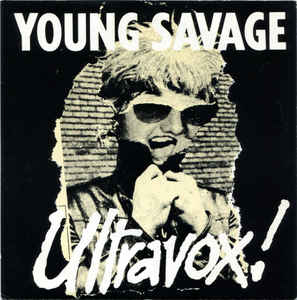
The first single and album opener is Young Savage by Ultravox! (from the short period when their name was spelt with a “!” at the end). It was released as their second single in 1977. This is a very cool pick for several reasons – including, I will admit, because it will clash with most people’s perception of what Ultravox music can be. Many have forgotten (or never known) that they dabbled in tougher, punk-flavoured rock’n’roll in their early days when they were led by John Foxx. He left in 1979, leaving the door open for Midge Ure to step in and lead the band to international success as an artful, ambient pop band. But even Midge Ure has rock credentials, having played in Glen Matlock’s post-Sex Pistols band in 1978 and serving as a touring guitarist with Thin Lizzy for a short bit in 1979 (replacing Gary Moore, no less).
Fans of energetic punk rock would do well to check out the early Ultravox! albums, and especially their second album Ha! Ha! Ha! (1977) which has been reissued with Young Savage as one of its bonus tracks. The song was never performed by Ultravox after John Foxx left the band in 1979, but Foxx started including it in his solo shows in the late 2000s onward.
Skids delivers a great version with high energy and raw, in-your face guitars with punch. Jobbo’s delivery is as usual a performance to behold, delivering the lyrics with pathos, attitude, and with a lot more energy than the original. The spirit of 77 is alive and well in this cover version, which sounds and feels like a credible period piece version of the track as it could have been performed back then. An exciting and refreshingly non-standard pick to kick off the album with.
Moving on, it should surprise no-one to find a track by The Clash amongst the offerings. Bruce Watson frequently names them amongst his favourite bands, and they were a hugely important headliner whenever they swung by. Skids also have a personal history with them from opening their show at the Kinema on 24 October 1977 – incidentally just ten days after Skids had headlined that same location themselves.

Complete Control was surely in the set when The Clash played the ballroom that night. It would have been quite new at the time, as it was released as a single in the UK just weeks before in September 1977. It was later included on the US version of their debut album The Clash when that was released there in 1979.
I love The Clash as well, and especially this track which is one of my favourites. It is both energetic and catchy, something that is fully capitalised on here. Rather than making a carbon copy of the original there’s creative license at play. Some of it is subtle, while other parts are immediately apparent – such as the added new intro to the song. “You’re my guitar hero!” Jobbo screams as the main riff starts, leaving us to wonder if he is giving kudos to band mate Watson or thinking of the original artists. Either would be appropriate.
I always loved it when the song changed its nature towards the end section of the original, going into the section where Mick Jones sings the high counter vocal to Joe Strummer’s grounded one. Our lads replicate this quite nicely, with the Watsons and James Ward singing the high part ‘gang vocal’ style over Jobson’s main lines.
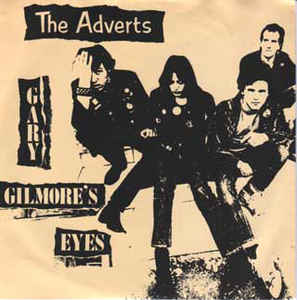
The first two song picks so far are both from 1977, and it is now time to… remain in 1977! The Adverts were an English punk band, pretty much only active for as long as the punk wave lasted (1976-1979). They were one of the first punk bands to enjoy chart success in the UK with the single Gary Gilmore’s Eyes, which reached #18 in the UK singles chart. The track was also included on their 1978 album Crossing the Red Sea.
The original recording is sounding a bit thin, like it was recorded on a shoestring budget. This is fixed in the Skids version of the song, which although it has the same tempo as the original and the band do a reasonably faithful rendition of the song just sounds a lot more powerful. The guitars feel significantly beefier, as do all the instrumentation and the vocals. This is a shining example that recording something with a great set-up and in ditto sound quality makes all the difference. The new version sounds so much more powerful, even though Skids are playing it more or less the same way that the Adverts did in the original. A great and eye-opening upgrade of a classic song.

We now take a giant leap forward to 1978 for Nick Lowe’s Heart of the City. Included on his solo debut album Jesus of Cool (renamed Pure Pop For Now People in the US), this is an energetic and bouncy track which plenty of hooks. This was one of Jobbo’s early purchases and the song always stuck with him. “It was always the first track we played when we took over the Kinema on a Thursday night – after we had kicked the smelly old Zep fans out”, he says in the album’s liner notes.
Lowe’s version of the song is incredibly catchy with jangly guitars and melodic hooks galore. Not punk rock in the slightest, it still fit into the similar new wave scene of the late 70s. The fact that it is a fast track does make it very easy for Skids to infuse it with energy and louder guitars. They also keep the high tempo going to their advantage, making it a perfect fit even amongst the sweatier punk tracks in their selection. A very cool pick.
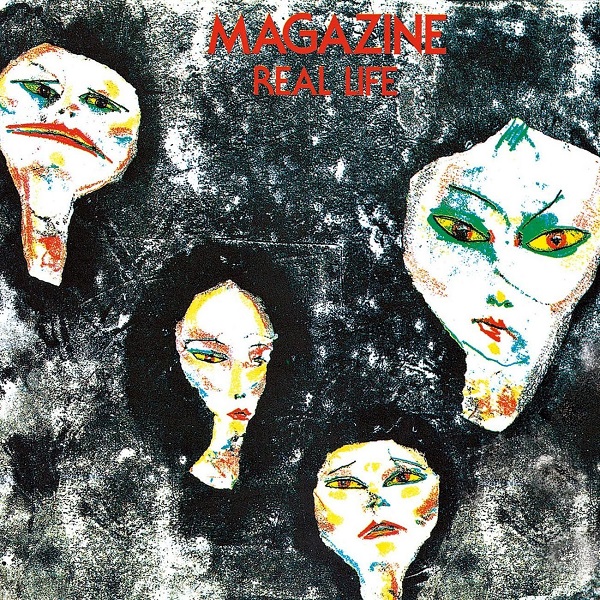
The Light Pours Out of Me by Magazine can be found on their 1978 debut album Real Life. The post-punk band was formed in 1977 by Howard Devoto after he left Buzzcocks to create less straightforward and “more interesting” rock music. He teamed up with innovative guitar player John McGeoch, whom Jobson met and struck up a friendship with when Magazine played the Kinema. McGeoch and Jobson later formed The Armoury Show together in 1983 after Skids had run its initial course.
Skids play a faithful rendition of the song, which is interesting to hear as the original is reasonably moody – almost brooding – and builds a certain ambience. The Skids take does not feel as brooding, but has a very interesting mood of its own, assisted with a few extra layers of guitar and keyboards at crucial points.
The original vocal is sung in a low key throughout, which suits it well, but I have to admit it feels really good when Jobbo lifts it by singing the chorus louder and in a higher key. The song needs that kind of lift now and then, and similar changes are applied to key guitar lines throughout. As usual – do I even need to repeat it at this point? – we get a more energized version of the song from Skids. Let’s just assume this is the case with every song from here on out.

After exclusively staying in 1977/78 so far, we move all the way back to 1973 for Rock On. This was David Essex’ break-through single, also giving its title to his debut album release the same year. This is another highly interesting pick simply because it veers from the standard punk formula, but it was highly part of the scene. “Rock On was the theme song for the notorious local gang The AV Toi”, Jobson says in the album liner notes. “When you heard them sing the chorus you knew it was time to run.”
This very story is included towards the end of the song, which adds a totally new element to it not present in the original. Pay attention to Jobbo’s rant-style recollection of David Essex performing the song in front of that notorious gang back in the day. Talk about making a song your own, and giving it a direct relevance to that hallowed Ballroom in the process. This adds so much to the song.
Musically the song crawls along, slithering seedily through the underbelly of those punk back alleys of yore. The track adds some unique dynamics to this collection of songs, which is more than welcome. The bass line sounds particularly emotive and slinky on this song, which is not surprising as the band asked Scott Whitley from Big Country to play bass on this track.
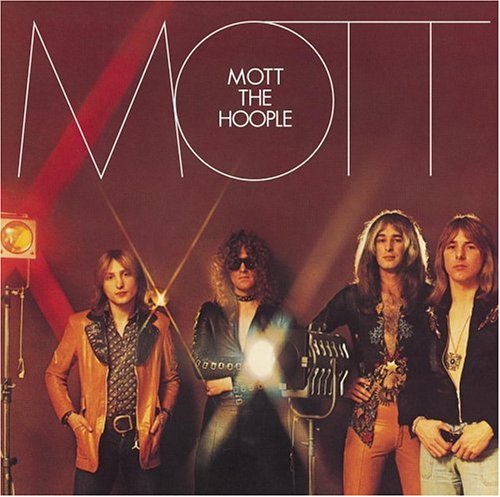
We stay in 1973 as the band launch into Mott the Hoople’s Violence next. It comes from Mott which is probably their most popular studio album. Even though it wasn’t a single, this fan favourite should be reasonably well-known to fans of music from that era. Probably not the band I expected to see them cover, Jobson does admit to them being a bit of a guilty pleasure. “Ian Hunter was cool but the band looked like total twats” he says in the liner notes. Just like Rock On was embraced by a gang, Violence was also a bit of a gangland classic back in the day and the liner notes sees Jobbo refer to scary situations that could arise as they descended on the Ballroom.
Some creative license is taken again when it comes to rearranging the song to suit Skids. This is fine with me – the original version is slower with the verses played in a staccato rhythm that I suspect the band found awkward. Instead they sped it up, found more suitable guitar arrangements to match, and made it something that is much more their own. This is probably the biggest gap on the album between how the original version sounds and how the cover version ended up, which is always very interesting.
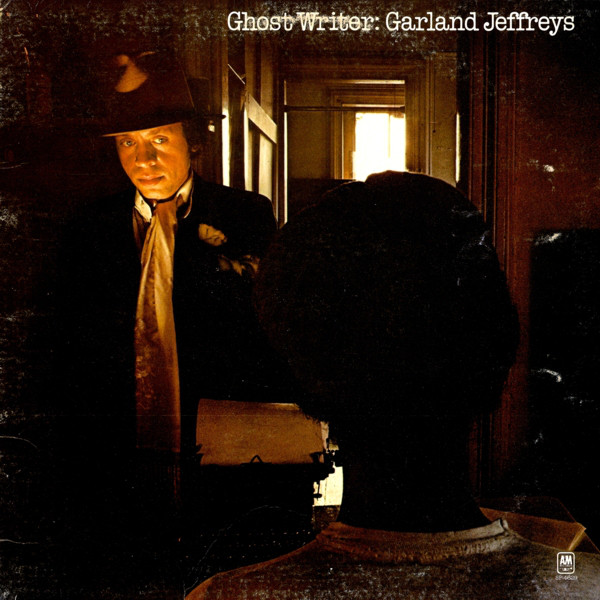
We move back to 1977 for a bit with 35 Millimeter Dreams. This track was originally written and performed by Garland Jeffreys and included on his second solo album Ghost Writer. Jeffreys has described the track as “fixated movie star fever with as many names as I could conjure and still make sense”. As if the original version does not contain enough movie star names, in recent years he has performed a longer version including even more names. Skids deliver a faithful rendition of the original as far as lyrics, arrangements, and melody lines, but the instrumentation is changed to suit the Skids sound.
This song is a shining example of something that could be said for most tracks on the album: it is very vintage-sounding in the best possible sense. It feels like it could have been recorded back in the days these songs were written, just with much better sound than recordings got back then. The sounds they use on the songs feel genuine and right for songs from that period. For example, there is a lead guitar counter melody in the choruses after each line with a particular effect on it which I remember from back then. It’s been ages since I heard something like that used in a new recording, but here, the band dug it up. Such a lovely touch.
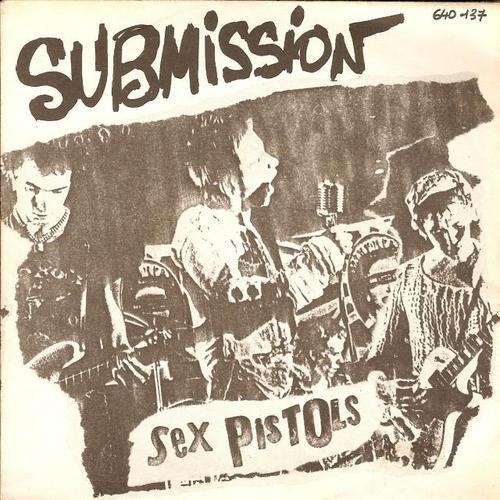
The summer of 1977 was Ground Zero as far as punk rock exploding as a public phenomenon. In the middle of it all were The Sex Pistols. Rather than opting for one of the more obvious picks, Skids has cast their eyes on Submission.
Covering the Sex Pistols is dangerous business. On one hand, their songs are so iconic that it’s hard to capture those factors that make them click. A lot of bands play it too perfect, missing the ramshackle element and the attitude. It is also close to impossible for most bands to emulate the piss and vinegar of Johnny Rotten’s larger than life delivery.
As it happens, though, Skids have their own larger than life frontman who rather than emulating Rotten goes for a pure Jobbo delivery. I love it! It really works, and because it is done with focus on their own attitude rather than copying someone else’s, it successfully stays within the spirit of the original while adding something new, making the song interesting on its own terms rather than being something you can’t help but compare with the original. I also love the band’s basic approach to the playing – being careful not to play the song with too much skill, the bass is clonking along almost Sid Vicious-style, the guitars are staying within basic fills and suitable effects. Kudos!
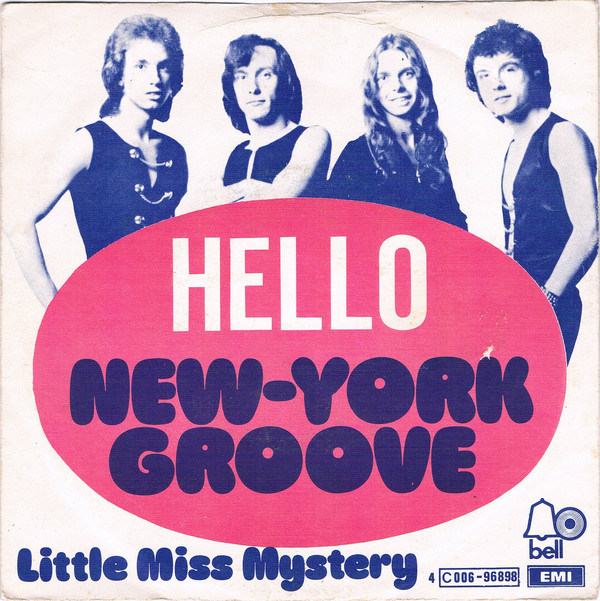
Not all of the staples of that time in the 1970s were punk rock. Then Russ Ballard-penned New York Groove was recorded by the English glam rock band Hello, who had a top 10 hit with it in 1975.
These days, the cover version recorded by Ace Frehley of KISS in 1978 is more well-known, and a lot of people have assumed that this is the version Skids are covering. However, Bruce Watson has commented that they never knew of the Frehley version.
In the 70s, it was the Hello version that ruled the club circuit in the UK, and the disco-stomps of the original are enthusiastically replicated along with some solid guitar parts that beef up the song and give it more muscle. It is without question one of the more fun inclusions on the album.
RELATED ARTICLE: The story behind the song «New York Groove»
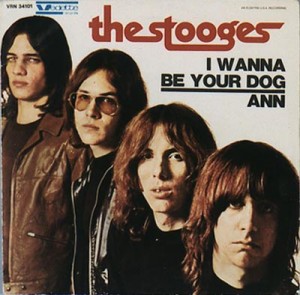
Iggy Pop and the Stooges are amongst my personal favourites in the punk genre, so I am pleased to see them represented in this collection with I Wanna Be Your Dog. It was originally released on the Stooges’ self-titled first album in 1969, making this the oldest song on this collection. Unfortunately this track is only available on the CD edition of the album – but don’t we buy all formats anyway?
Musically and lyrically, this song is as basic as it gets, which is part of its genius. It does not have an ounce of fat on it. It drills the music and message in with no nonsense, and it always sounded like a quintessential punk rock song. The Skids’ take retains the form and shape of the original, which is really the only way to go about it. I Wanna Be Your Dog isn’t really the type of song you can mess too much with without losing that simple, basic element that makes it a work of punk genius. Iggy Pop obviously has a deeper and totally different voice than Jobbo, who has found his own, manic way of delivering the vocal. It’s just lovely to hear them bash it out.
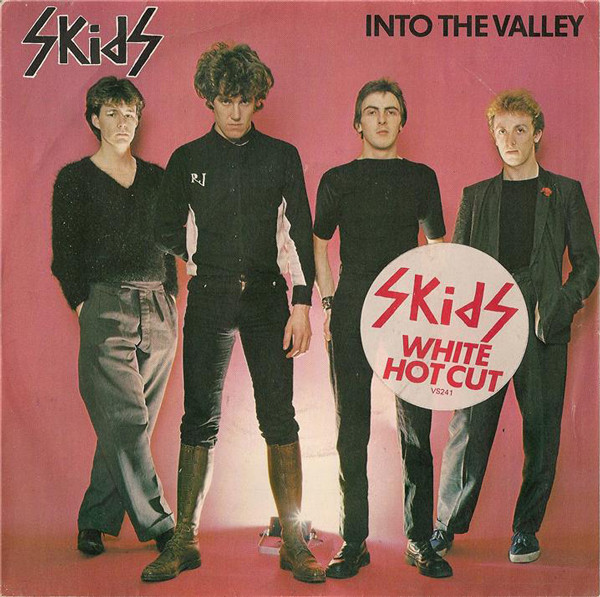
The remainder of the album is made up of Skids originals. The Saints Are Coming and Into The Valley are as stalwart as they come in the Skids catalogue. These songs were part of the package when Cleopatra Records approached the band to do this project, but it makes total sense from a conceptual point of view to include a Skids song (or two) as they were also an important band on the scene back then and historically should be represented.
The band is obviously well familiar with these tracks from their live sets, but it does feel like they tried to go back to the original versions and do a faithful revisit for this project. The fact that they were recorded alongside all these other songs also make them sit very comfortably sonically next to them.
The CD contains one more bonus track. Christmas In Fife was originally played at the end of the Skids live acoustic webcast in November 2020, and later made available for download shortly after in December. The opportunity to make it available on a physical format is a welcome one. Does it fit the theme of the haunted ballroom and songs from times of yore? Nah, not really, but bonus tracks don’t always need to fit. The bottom line is that I enjoy the track and am happy to now have it somewhere.
This is the most satisfying covers album I have heard in a very long time. I am always a bit wary of them, as they are only as good as the song picks, and I tend to not always agree when artists I like pick songs to cover. This time I really have no complaints. That does not mean that I would have picked the same songs, but these really work. There aren’t too many obvious picks, they all suit the band really well, and the fact that they are tied together by the overall concept of a very real time and place adds so much more to this than most covers albums manage to. As a concept, this really works. Whether you lived through those days of yore, in Dunfermline or elsewhere, or just wish that you could have, this collection of songs is for you.
As always, do yourself a favour and check out the originals. This playlist below collects all of them, so you’ve got no excuse.
Svein Børge Hjorthaug
Norway, May 2021




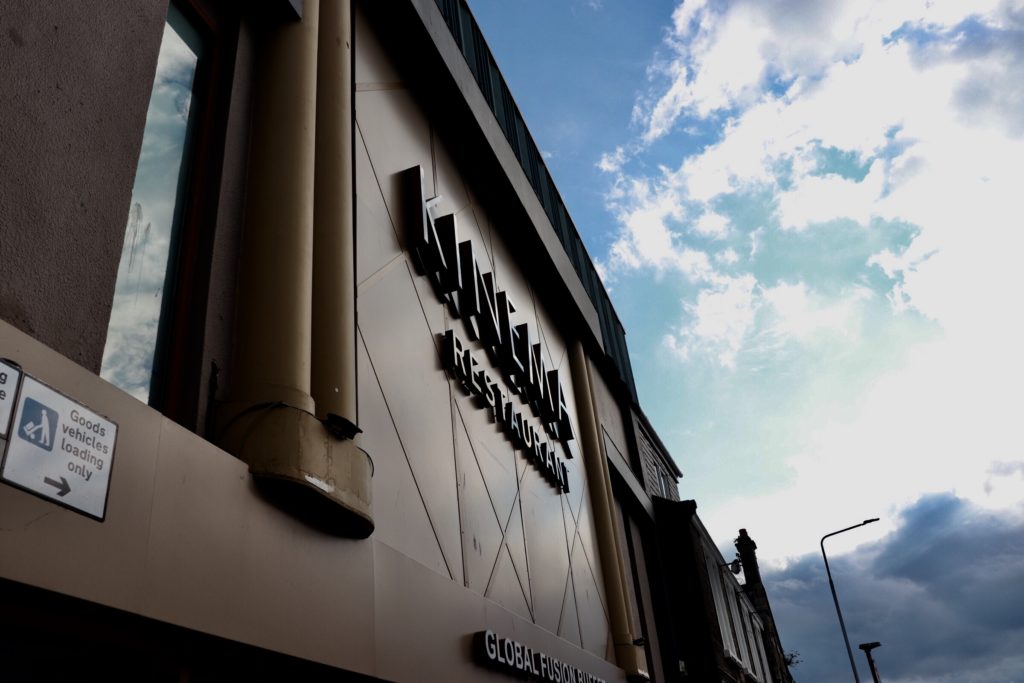

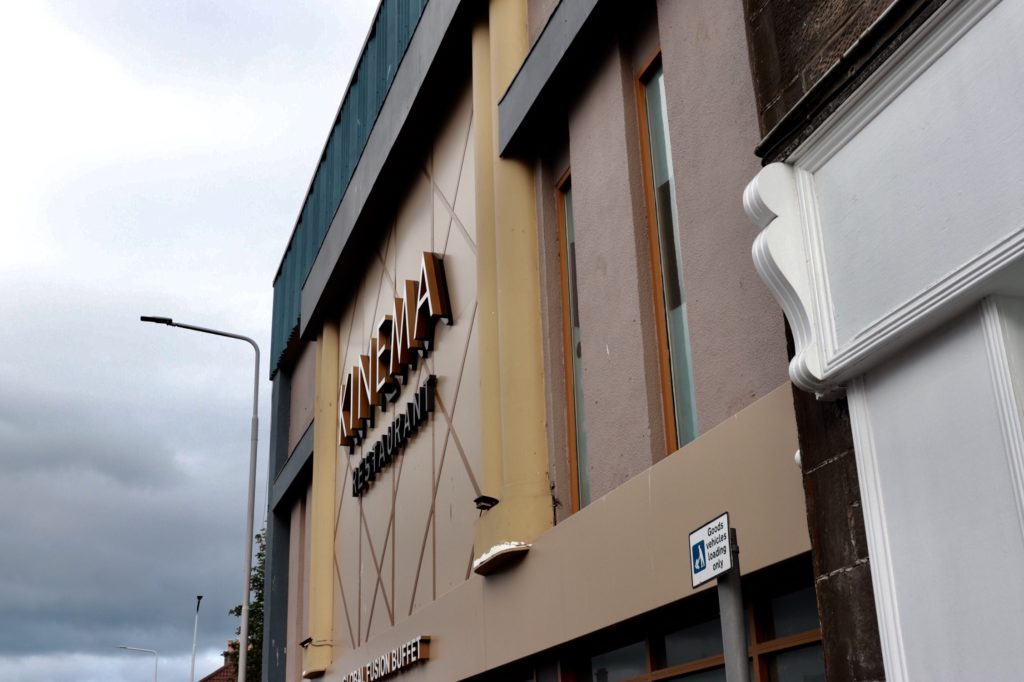
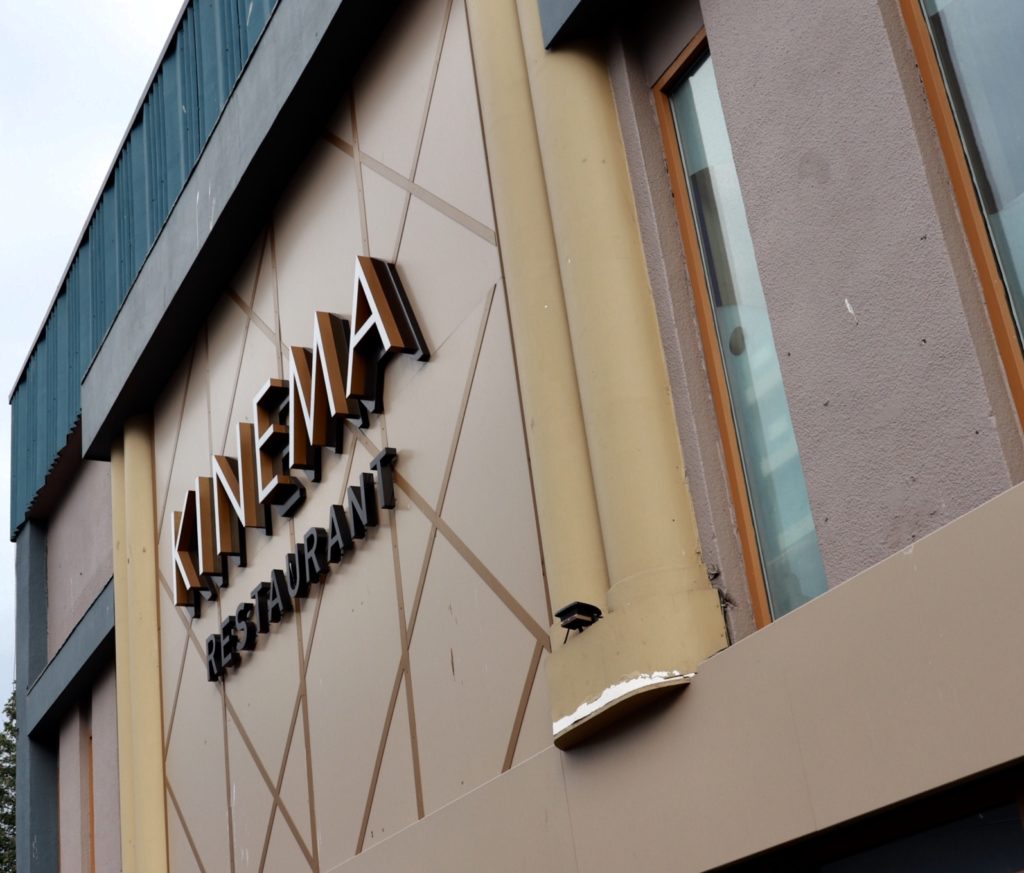

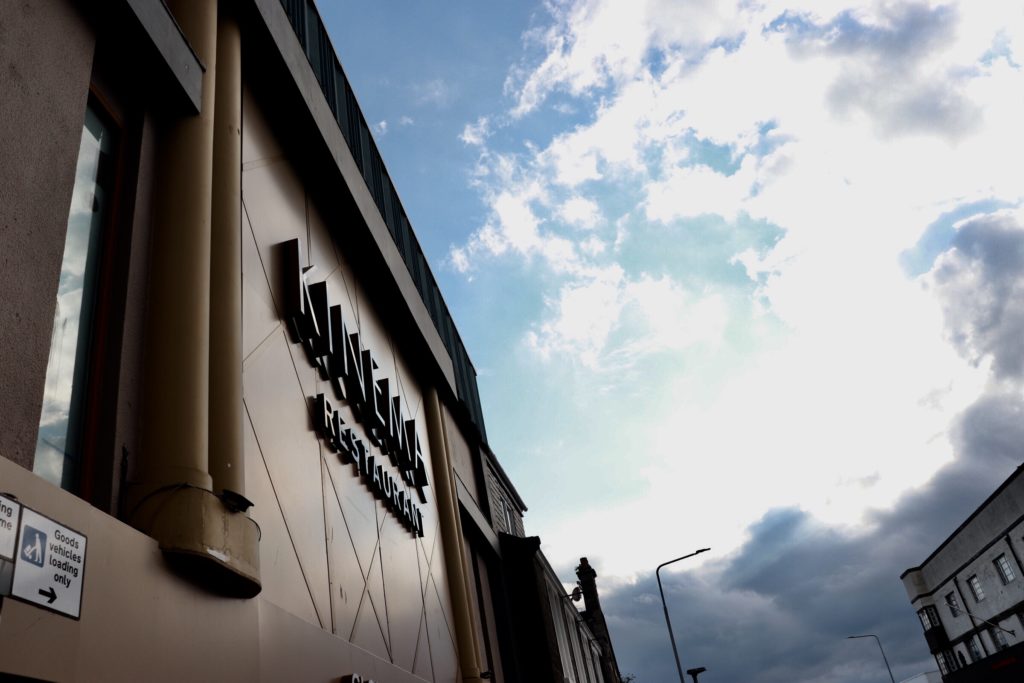

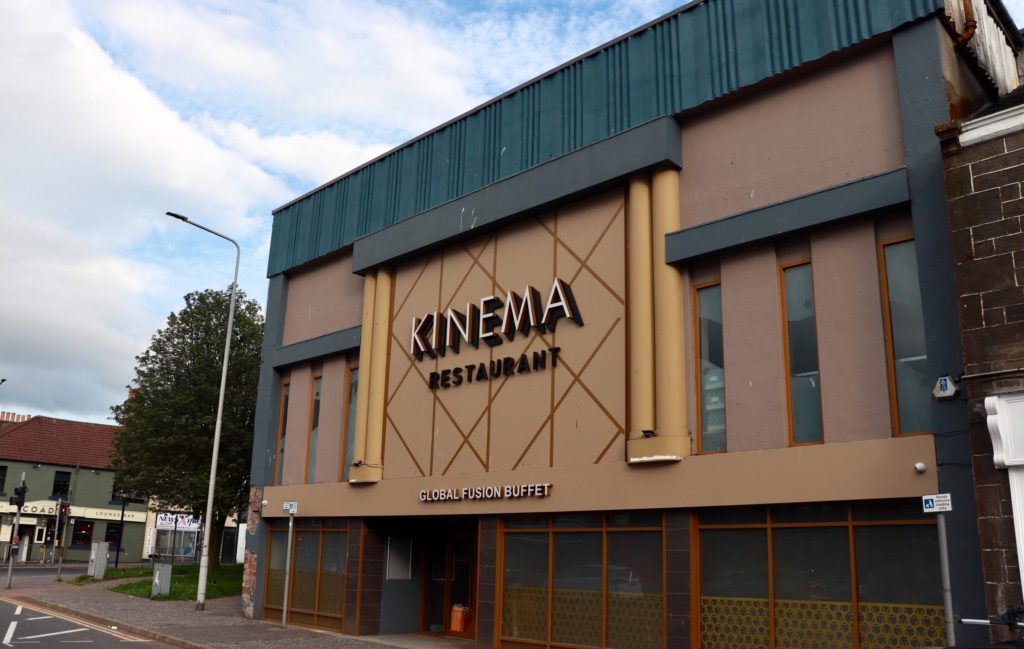
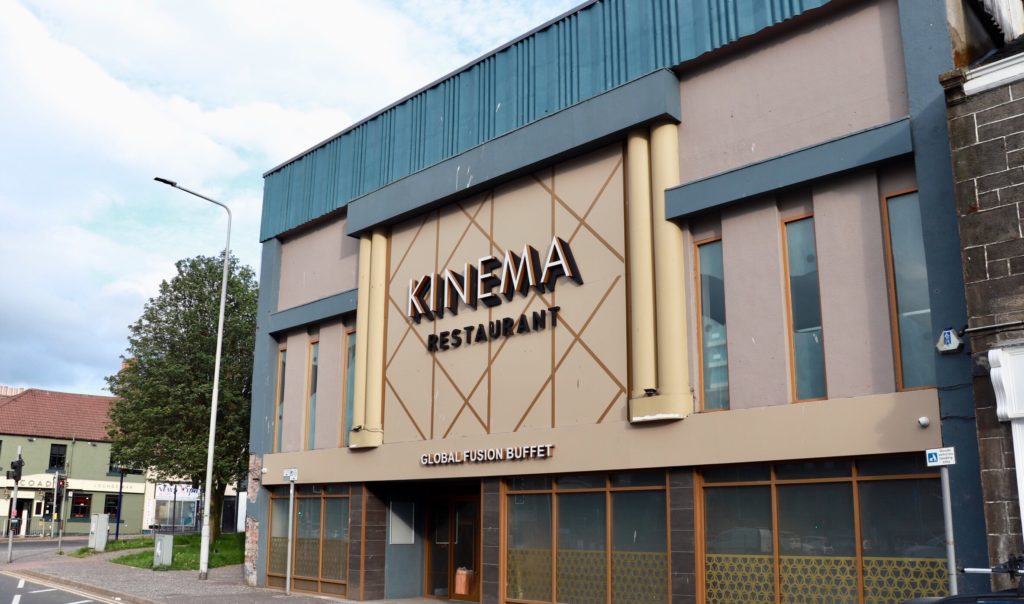
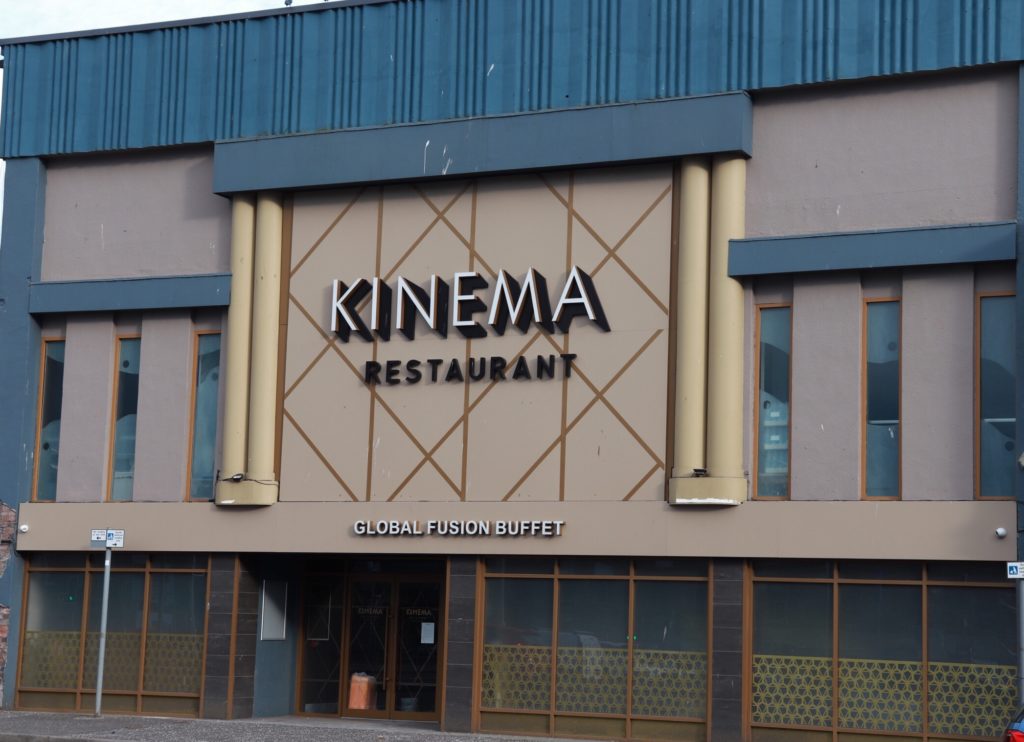
Facebook Comments